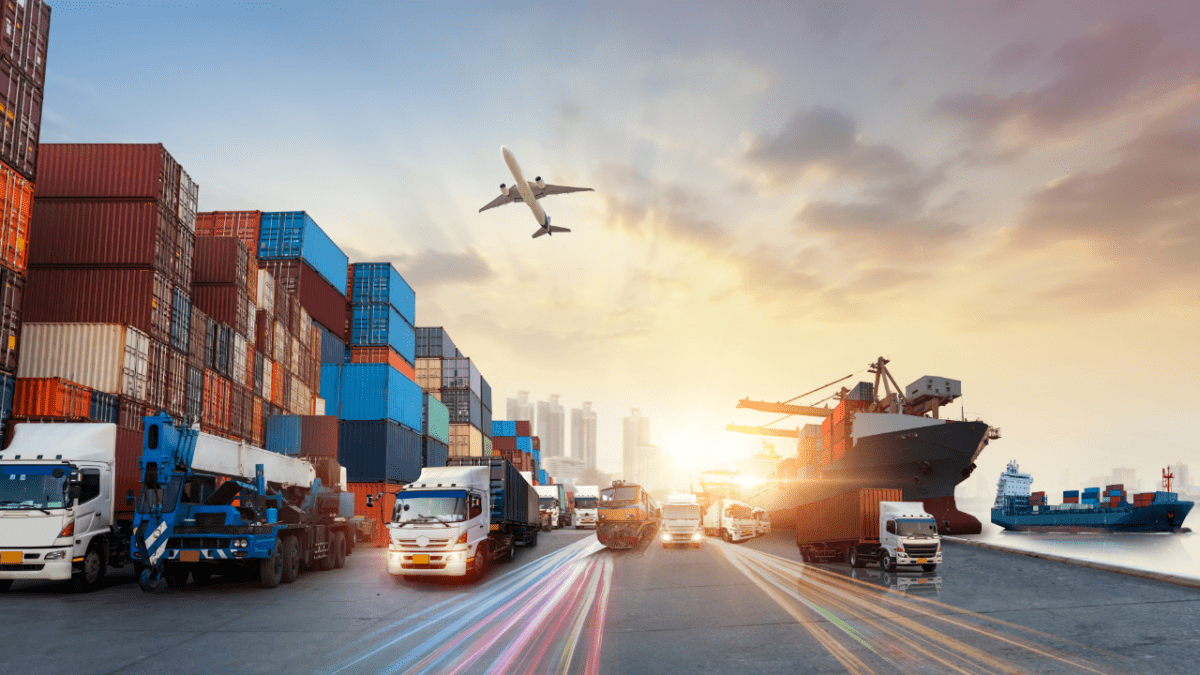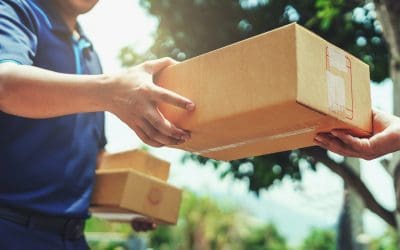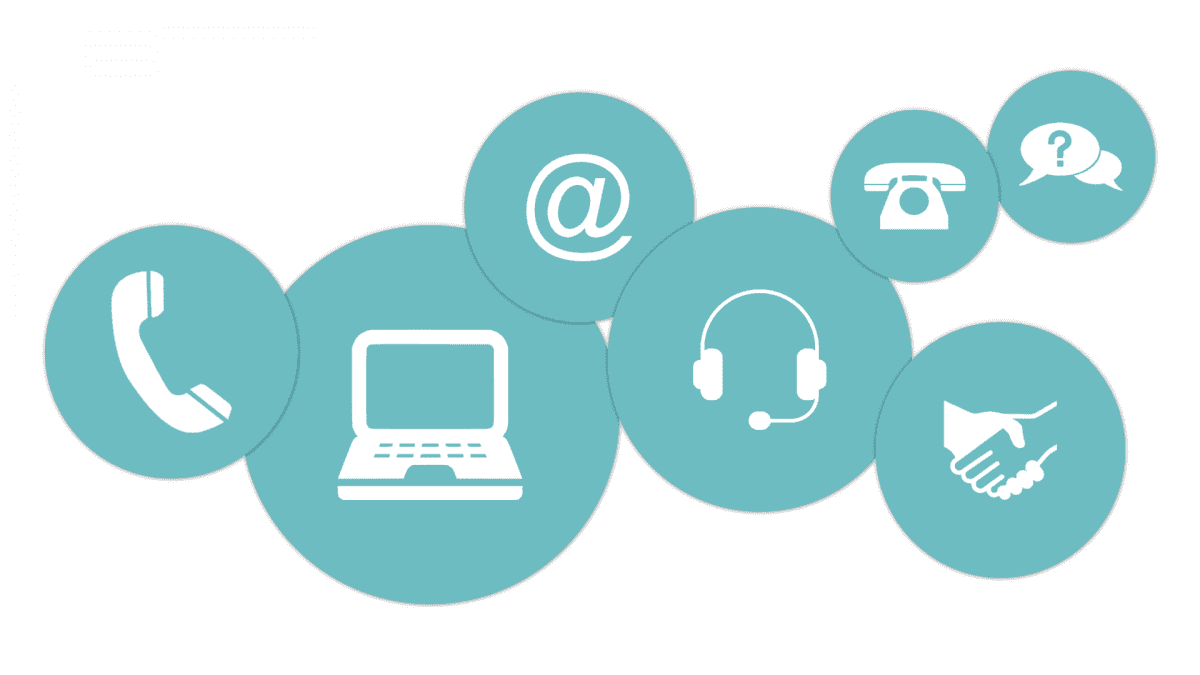
When discussing logistics and delivery strategies, you will come across various terms to describe both types of delivery and phases within the delivery process. First Mile, Last Mile, Same day– what does it all mean? Knowing the meanings of these terms will not only clear up confusion, but it will also give you more insight into delivery options. Today, we’re breaking down seven key types of delivery services—what they are, how they work, and when they’re best to use.
1. First-Mile Delivery
First-mile delivery involves the transportation of goods from a manufacturer, supplier, or production facility to a warehouse or distribution center. It’s the starting point of the entire delivery journey and sets the tone for the rest of the supply chain.
While first-mile delivery might seem straightforward, it comes with its own set of challenges. Unlike last-mile delivery, which has seen significant technological improvements for tracking and route optimization, first-mile delivery is often less transparent. This lack of real-time visibility can lead to inefficiencies, delays, and higher costs.
For businesses, these challenges can snowball into larger issues, like disrupted production timelines and delayed customer deliveries. To combat these problems, companies increasingly turn to advanced logistics solutions that improve first-mile tracking and coordination. By optimizing this early delivery stage, businesses can streamline operations, reduce transportation costs, and guarantee smoother transitions through each phase of the supply chain. In the end, an efficient first-mile delivery process can significantly impact overall delivery performance, making it just as important as last-mile delivery.
2. Last-Mile Delivery
Last-mile delivery is the final, critical leg of the supply chain, where products are moved from a warehouse or distribution center straight to the customer’s doorstep. It’s the part of the process customers care about the most, and it directly impacts their experience with your brand. Whether it’s delivering to homes or businesses, last-mile delivery is all about getting the product into the customer’s hands quickly.
This step is notoriously complex and expensive, often accounting for 41-53% of total supply chain costs. Why? Consumers now expect their deliveries to be lightning-fast, trackable, and as convenient as possible. This has pushed businesses to constantly innovate and optimize their last-mile delivery processes, using advanced routing software, real-time tracking, and even crowdsourced drivers to meet these demands.
But the challenge doesn’t stop at cost. Traffic, failed delivery attempts, and narrow delivery windows are just a few hurdles logistics teams face daily. Ultimately, getting last-mile delivery right can make or break customer satisfaction. It’s why companies are investing heavily in technology to streamline this part of the journey and stay competitive in the evolving landscape of delivery logistics.

3. Standard Delivery
Standard delivery is the most common method, offering a budget-friendly option for getting products from point A to point B. It’s the go-to choice for businesses looking to provide a no-frills, cost-effective shipping solution. Standard delivery takes three to seven business days, depending on distance, weight, carrier, and shipping method.
Because it’s the least expensive option, standard delivery doesn’t prioritize speed but gets the job done efficiently for non-urgent orders. It’s ideal for customers who don’t mind waiting a little longer in exchange for saving on shipping costs. While it may lack the bells and whistles of same-day or overnight shipping, like real-time tracking updates or tight delivery windows, it’s reliable and covers many geographic locations.
Standard delivery is a key part of businesses’ logistics strategy because it helps balance shipping costs while still meeting customer expectations. This method is especially useful for delivering larger, bulkier items or products that aren’t time-sensitive. While it’s not flashy, standard delivery remains dependable and widely used by companies and consumers, providing a cost-effective solution in a competitive market.
4. White Glove Delivery
White glove delivery is the gold standard for transporting high-value, fragile, or unique items, offering a level of service that goes far beyond regular shipping. Customers who purchase something like fine furniture, original artwork, or luxury electronics expect extra care throughout the entire delivery process. That’s where white glove delivery comes in, guaranteeing items are handled with the utmost caution from when they leave the warehouse until they’re securely placed in their new home or business.
What sets white glove delivery apart is the personalized attention to detail. Upon arrival, the delivery team doesn’t just drop off the package. They’ll unpack it, inspect it for any damage, and assemble or set it up exactly where the customer wants it. Whether a delicate antique or a high-end appliance, the goal is to offer a seamless, hassle-free experience.
In addition to hands-on service, white glove delivery provides peace of mind with a transparent chain of custody. This means customers can track their shipment every step of the way and know who’s responsible if something goes wrong. The chain of custody is especially critical for rare, expensive, or irreplaceable items, giving customers extra reassurance in the event of loss, damage, or theft.
While white glove delivery comes with a premium price tag, its exceptional service, attention to detail, and customer satisfaction make it a worthwhile option for those who need extra care and precision during the shipping process.
5. No Contact Delivery
No contact delivery became a standard practice during the pandemic to reduce the risk of spreading COVID-19. It’s exactly what it sounds like—a driver delivers a package without any direct interaction with the customer. The driver simply drops off the package at a designated spot, like a doorstep or mailbox, and leaves. The method allows the driver and the customer to avoid close contact, making it a safer option during health crises and beyond.
While this “drop and go” delivery method might seem simple, it requires reliable proof of delivery to ensure the customer receives their package. Most delivery services have adapted by using apps that allow drivers to confirm the delivery by checking in with GPS or snapping a quick photo of the package in place. This documentation gives customers peace of mind and holds the delivery team accountable.
Even as pandemic-related restrictions have eased, no contact delivery remains popular for its convenience and safety. Customers appreciate the flexibility, while businesses benefit from faster drop-offs and fewer delays caused by missed deliveries. No contact delivery is likely here to stay, continuing to be a preferred option for both businesses and consumers.
6. Same-Day Delivery
Same-day delivery means customers receive their order within hours of making a purchase, offering the ultimate convenience for those who need items fast. While it sounds simple, several factors make same-day delivery much more challenging. Orders typically need to be placed early in the day to allow enough time for fulfillment, and the service is usually limited to local areas to keep delivery times short. Traffic, weather, and even the availability of drivers can also impact the timing.
Despite these limitations, same-day delivery is very appealing for businesses looking to offer a premium service to customers with urgent needs. But, due to the speed and coordination required, the cost of this service tends to be higher than other shipping methods. For industries like food, groceries, or medical supplies, same-day delivery can provide a significant competitive edge, giving customers a way to get what they need quickly and efficiently.

7. Overnight Delivery
Overnight delivery is a fast and convenient option for businesses and consumers who need something delivered by the next day. Unlike standard delivery, which typically happens during regular business hours, overnight delivery operates outside of those constraints, allowing packages to be transported during the night and delivered the next morning. This makes it an excellent choice for businesses that can receive shipments after hours or for urgent deliveries that can’t wait for the standard timeline.
While overnight delivery is faster than same-day delivery, there’s usually no set delivery time—only the guarantee that it will arrive by the next business day. Drivers work through the night to ensure that overnight packages are delivered on time. This flexibility comes at a higher cost, but for time-sensitive shipments, it’s often worth it.
Common industries that rely on overnight delivery include healthcare, where medical supplies and documents must be delivered quickly, and retail, where businesses can restock products without waiting for the next business day. Overnight delivery offers the perfect middle ground for those who prioritize speed but don’t need the extreme immediacy of same-day delivery.
The Role of Technology in Delivery
Technology has completely revolutionized the delivery game. With so many options and demands, staying on top of logistics is a challenge—but that’s where tech comes in to make things easier. Modern delivery systems help businesses streamline their entire process, from real-time tracking to smart route planning.
Elite EXTRA, for example, offers tools that give businesses full visibility into their deliveries. You can track where your drivers are at any given moment, reroute them to prioritize customers, and send automatic updates to customers.
Whether you’re managing a small local fleet or handling big international shipments, having the right delivery management software can take a lot of the guesswork out of logistics. It boosts efficiency, reduces delays, and makes sure customers are kept in the loop, which leads to happier, more loyal customers. In a competitive market, leveraging technology like Elite EXTRA’s solutions can give your business a much-needed edge, keeping operations smooth and customers satisfied.
The Future of Product Delivery
The future of delivery is all about speed, convenience, and technology. With advancements like drones, autonomous vehicles, and robotic deliveries, how packages get to your door is changing fast. Picture this: you order something online, and within hours, a drone drops it off at your house or a self-driving vehicle brings your groceries to your doorstep. These innovations are being tested and could soon be part of everyday life.
- Drones: Faster, more direct deliveries, especially in urban areas.
- Autonomous Vehicles: Self-driving cars and trucks handling deliveries without human drivers.
- Robotic Deliveries: Robots make smaller, local deliveries right to your door.
- AI and Predictive Analytics: Smarter logistics with real-time route optimization and demand prediction.
- Sustainability Initiatives: Electric vehicles and eco-friendly packaging to lower the carbon footprint.
Businesses must evaluate different types of delivery of goods to ensure they meet customer expectations while maintaining efficiency. Businesses will benefit from faster, more efficient deliveries while customers get the convenience they crave. Plus, the push toward greener practices means companies can meet customer expectations for fast service while being mindful of the environment.
In short, the future of delivery is shaping up to be faster, smarter, and greener—and it’s just getting started!
Choosing the Right Delivery Method for Your Business
Looking for a different product delivery option? Picking the best delivery option for your business right now isn’t one-size-fits-all. Choosing the right modes of delivery of goods can significantly impact both cost efficiency and customer satisfaction in the logistics process. It depends on the size of your products, what your customers expect, and what your logistics can handle.
- Cost: What’s your delivery budget? You’ll need to balance cost with speed to keep your profits in check.
- Speed: Do your customers need fast shipping? If timing is critical, same-day or overnight delivery might be the best option.
- Product Type: What are you shipping? Bigger items may need freight services, while smaller packages can be handled with standard or crowdsourced options.
- Customer Preference: How do your customers prefer to receive their orders? Offering a few different delivery options can boost customer satisfaction.
- Scalability: As your business grows, will your delivery method be able to grow with you? Options like freight or crowdsourced services tend to scale better as demand increases.
By considering these factors, you can choose the delivery method that is best for your business and your customers.
Want more industry insights?
Subscribe to our newsletter to receive weekly last mile logistics insights directly to your email inbox each week!
Find the Right Delivery Method for Your Business
Choosing the right delivery option can greatly affect the smoothness of your business and the happiness of your customers. Whether you need the speed of same-day delivery, the precision of white glove service, or the reliability of standard shipping, there’s a solution to fit your needs.
As the logistics landscape keeps evolving, having the right technology, like Elite EXTRA’s delivery management solutions, can help you stay ahead of the competition. With tools for real-time tracking, route optimization, and customer updates, Elite EXTRA makes it easy to streamline your delivery operations and improve customer satisfaction.
Ready to take your delivery game to the next level? Contact Elite EXTRA today to learn how we can help you optimize your logistics and deliver exceptional service every time!
Sources
https://www.sdcexec.com/transportation/last-mile/article/22877777/bringg-why-the-last-mile-of-delivery-is-the-first-step-to-customer-satisfaction
https://www.statista.com/statistics/1434298/last-mile-share-of-total-shipping-costs
https://www.hida.org/distribution/resources/infographics/global-shipping-challenges-2024.aspx
https://www.supplychainbrain.com/blogs/1-think-tank/post/39054-the-evolving-last-mile-delivery-trends-and-expectations-of-2024
https://www.forbes.com/councils/forbesbusinesscouncil/2024/07/25/key-trends-shaping-the-future-of-last-mile-delivery/







